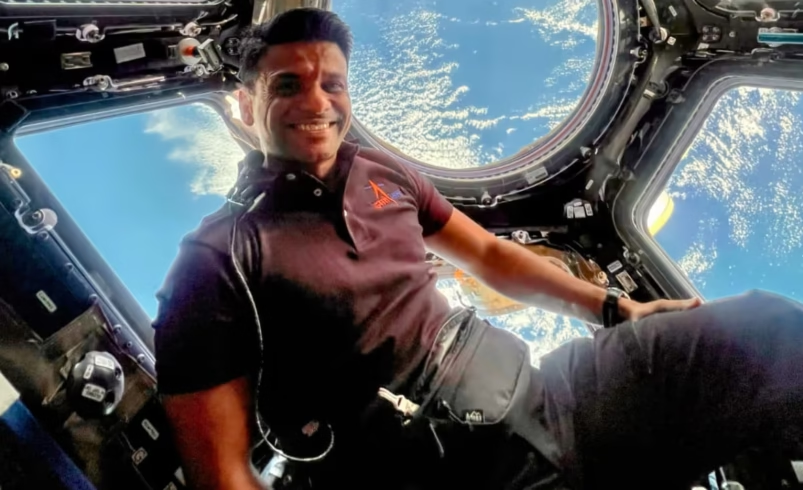Axiom-4 Mission: Bengaluru Tardigrades Thrive in Space
- July 6, 2025
- 0

Indian astronaut Shubhanshu Shukla has successfully completed his first week aboard the International Space Station (ISS) as part of the Axiom-4 mission. During this time, he focused on the Voyager Tardigrades experiment, which investigates the survival and reproduction of the ‘Bengaluru strain’ of water bears in microgravity. Tardigrades, also known as water bears, are microscopic organisms renowned for their resilience in extreme environments. This experiment aims to understand how these organisms adapt to space conditions, potentially offering insights into human space travel and long-term habitation.
In addition to the tardigrade study, Shukla initiated the Myogenesis study, which examines muscle degradation in microgravity. Muscle atrophy is a significant concern for astronauts during extended missions, and this research could lead to strategies that mitigate muscle loss. The findings may also have implications for muscle-related health issues on Earth, such as those experienced by the elderly or individuals with mobility impairments.
Shukla’s contributions extend beyond biological studies. He is involved in research on microalgae and cyanobacteria, organisms that could play a crucial role in life support systems for future space missions. These microorganisms have the potential to produce oxygen and food while recycling waste, making them invaluable for sustaining human life in space.
Furthermore, Shukla is participating in cognitive assessments designed to evaluate how space travel affects mental functions. Understanding cognitive changes is vital for ensuring astronaut safety and performance during missions.
Overall, Shukla’s work on the ISS is paving the way for advancements in space exploration technology and applications that could benefit life on Earth. His research efforts highlight India’s growing role in international space endeavors and contribute to our understanding of living and working in space.